Some useful words about large land owners vs community land ownership by Prof Jim Hunter from his talk ‘What can Scotland learn from community land ownership?’ at the Community Land Conference, Stirling, May 2018
from http://www.communitylandscotland.org.uk/wp-content/uploads/2018/05/Jim-Hunter-speech.pdf
When, three years ago, I was asked to join the board of Community Land Scotland, I wasn’t all that keen. I’ve been around the land reform issue for too long, I said to Lorne MacLeod, our then chair. And I’m supposed to be retired.
Well, that’s just it, said Lorne. We need to keep a lid on our expenses. And because you’ve got a bus pass, you won’t cost us very much. And anyway, said Lorne, all our meetings are in Inverness. Less than half an hour from where you live. The thing’s not going to take up any time at all. Aye, right.
The last three meetings of our board have been in … Galashiels … Paisley … Dumfries. My bus pass, and my senior rail card, have never been in such demand. Which is, mind you, a good sign. An indication that community land ownership, which got going in the north, and for a while seemed limited to that area, is beginning now to take off in the southern half of Scotland. That’s very, very welcome.
But to the title I’ve been given … What can Scotland learn from community land ownership? Well, it’s not for me, as I bow out and get a wee bit valedictory, to be definitive on that. But I’ll offer one or two thoughts. Which, by the way, are my thoughts, not those necessarily of CLS.
As I said, I’ve been a backer of the cause of land reform for a long, long time. My first pronouncements on the topic, I reckon, date from more than half a century ago. When I was still in school in North Argyll. The occasion … one September when the Oban Times devoted columns to the guest list for the Argyllshire Gathering Ball … a highlight of the landed gentry’s social scene.
Perhaps, I said, we common folk should cut out and retain that guest list page … on the basis that, when revolution came, it might be handy. Well, for better or for worse, there was no revolution. But I’ve maintained a lifelong interest in the way our land is owned … and in the inequalities that stem from that.
First, writing a PhD thesis, then a book … it’s still in print … about the crofting battle for security of tenure … a battle that, when crofters won, brought clearance to an end.
Then being encouraged, during the 1970s and 80s, by signs that land reform, after a lengthy absence, might yet get back on to political agendas.
Signs like John McEwen’s work on who owns Scotland. Or the appearance of the West Highland Free Press, with a mission to right wrongs that flow from limiting land ownership to very, very few. Or the emergence of the Scottish Crofters Union for which I went to Skye to work.
Another indication of the way the tide was running in those years was the reception accorded to that great piece of theatre, The Cheviot, the Stag and the Black, Black Oil.3
At its close its cast declaim repeatedly, ‘The people do not own the land. The people do not control the land.’
The implication … one applauded up and down our country … was very much that this had got to alter. And by the 1980s, it was possible to think that it just might … with talk of new departures in community land ownership. But this was theoretical.
Until, in 1992, crofters in Assynt did what no occupants of land in Scotland had ever done before. Bid, in the open market, for ownership of the estate on which they lived.
‘Well, ladies and gentlemen,’ said the late Allan MacRae at a public meeting held the night the crofting bid succeeded … ‘Well, ladies and gentlemen, it seems we have won the land … And in winning the land,’ Allan went on, ‘Assynt crofters have struck a historic blow.’
And so they had. From that victory there followed a whole series of community land buy-outs. Eigg, Knoydart, Gigha, North Harris, South Uist, Galson … and so on. In total some hundreds of thousands of acres. But then … and disappointingly … this progress seemed to stall. Which is why, I think, a set of people from estates and islands in community control got together, in September 2009, in Harris.
As opening speaker at that gathering, I began with what had been accomplished.
I next said this: ‘What I want to focus on is the public policy environment in which community ownership has taken off and prospered.’ ‘For while community ownership,’ I said, ‘could not have succeeded in the absence of the efforts made by people on the ground, neither could it have succeeded without support from government and its agencies.’ ‘It’s my belief,’ I said, ‘that, since the present Scottish government took office, this support, which grew steadily under previous administrations, has lessened very markedly.’
The government I spoke of was the SNP administration that took office two years earlier. And since, let me be clear, I am myself a member of the SNP, I wasn’t motivated by hostility to that party. I was, I think, expressing what was then a common feeling in community land circles. A feeling that, while in the early years of Scotland’s restored parliament, land reform, community land ownership, had been way up there in bright lights … those things, politically at any rate, had ceased to matter. No further legislation was being mooted. The Scottish Land Fund, set up in 2001, had gone into abeyance. At Holyrood, it seemed, there was a lack of interest.
Well, that was then. Today things look quite different. We’ve had a Community Empowerment Act. A Land Reform Act. A Land Commission’s been established and is now hard at work. The Scottish Land Fund’s been restored. New community land purchases are being pushed in Wanlockhead, in Ulva and elsewhere. Our show is back on the road. Why this transformation?
There’s no single explanation. But one thing, I believe, is key. A decision taken at that 2009 Harris conference. The decision to set up what’s now Community Land Scotland … this organisation.
Back to our headline question … What can Scotland learn from community land ownership? Well, one thing to be learned is this. That change … radical change … change for the better … can be made to happen. Too often in Scotland, when confronted with injustice, inequality … with poverty, with deprivation, disadvantage …. We’ve taken refuge in that dreary piece of wisdom, It’s aye bin. Well, if it’s aye bin, then that’s because we’ve let it be.
And as regards our obsolescent, grossly over-concentrated, pattern of landownership … as regards that … more and more of us are of a mind that it’s aye bin has had its day.
Change, to repeat, is feasible. But no way does it happen by itself. Votes for women, as we’ve been recalling in this centenary year of female suffrage, didn’t just fall from the sky. They were fought for. Security of tenure for crofters wasn’t a kind gesture made by landlords. It took the Highland Land League, and lots of direct action, to obtain it.
And so it’s still with land reform … With ensuring a supportive climate for existing and prospective community land owners … It takes lobbying … Engagement with parliamentary committees … With the Scottish government … With civil servants … With the Land Commission … With other public bodies … And with the private sector. It takes, in short, the work done by Community Land Scotland.
My role in Community Land Scotland, a role that ends today, hasn’t, to be honest, been of very great significance. Though, as Lorne forecast, my bus pass has proved helpful.
But my time on our board has given me an opportunity to get a glimpse of what Community Land Scotland’s all about. Not just putting on this annual conference … though that’s vital. But the day-to-day stuff that goes on and on year round. The work of our headquarters staff … our policy directors … the effort put in, voluntarily, by our chairs.
This, I believe, has helped sort out a lot of what concerned those of us who met in Harris nine years back. Community Land Scotland’s had a hand in re-establishing the Land Fund. In pushing for new rounds of legislation. In influencing that legislation’s shape. And all this on a shoe string.
I said in Harris that, in my opinion, the long-run funding for a powerful voice for the community land sector could only come … should only come … from inside the sector itself. That’s still my view. Though it’s one, I know, not everybody shares. I also know … at least I think I know … why this is so.
No community land trust is rolling in spare cash. And trusts are focused … rightly focused … on their own localities where, all the time, there’s much, and often too much, to be done. But the wider scene … the one where CLS has made, and makes, a difference … is one that matters locally as well. To take just one example.
CLS devotes much effort and resource to backing groups that are still trying to buy land.
This might appear of no great relevance to trusts that are already up and running.
But that’s wrong. Growing the community land area boosts community land owners as a whole. By adding to the sector’s overall significance … by giving it a greater clout … with politicians and with others. Hence my stress on the lesson that what’s basic in the business of getting change to happen is a need at all times to be organised … especially at a national level. That’s what’s shown by the record of Community Land Scotland.
And what else might be learned from the community land ownership experience?
Well, it shows, I think, that there’s great merit in putting trust in people. Ours is a terribly centralised country. Scotland has 32 councils. Norway, with a similar population, has 400 communes. France has 36,000. Nothing anywhere is perfect.
But it’s hard not to suspect that here in Scotland, if we were to extend continental-style devolution to people living in small towns, in villages, in rural areas, we’d give to these same people an opportunity to do all sorts of good things for themselves. That’s certainly suggested by community land ownership. In advance of a community land purchase, folk wonder, naturally enough, if they can or will do better than what was there before. Invariably they do.
The story of community land ownership’s a story of magnificent achievement. The members, the supporters, of our land trusts have changed fundamentally a pattern of land ownership that once seemed fixed for all time coming. In the process, trusts have fostered and unleashed all manner of entrepreneurial and other energies. They’ve shown that depopulation can be reversed, businesses created and homes built in places where these things were long believed to be impossible.
They’ve demonstrated that wind power and other resources can be harnessed for local purposes. They’ve proved that previously loss-making estates can be run at a profit. They’ve done much else besides. Which is not to say community land owners are infallible. They most certainly are not. They’ve made mistakes … and, for sure, they will make more. Sooner or later, one, or more than one, of them will get into real difficulty.
At which point opponents of reform will say this shows community land ownership does not, and cannot, work. But that won’t in any way be true. A busted land trust won’t invalidate the concept of community land ownership. Just as one company going bankrupt does not imply that companies more generally are headed for the knacker’s yard. What matters is what’s being accomplished by community land trusts in their totality. And that is a great deal. Which is why we need more, much more, community empowerment.
Give people power, control, responsibility … at a truly local level … and they’ll rise to the challenge. Gaining, as they do so, in self-confidence and self-esteem. That’s shown by what’s resulted from community land ownership. And so to one last lesson … Which is that, though the story so far’s pretty good, there’s still a great deal to be done.
This summer in Assynt crofters celebrate the 25th anniversary of the formal transfer to them of the North Lochinver Estate. In that quarter century community land ownership’s come to being seen as something we need more of. Recognised … indeed facilitated and promoted … by various Acts of Scotland’s Parliament … backed financially by a Land Fund … aided by the work of agencies like HIE and now the Land Commission.
And yet … as between a prospective community purchaser of land on one side … a prospective private buyer on the other … there’s nothing like a level playing field.
Communities are required … in a whole variety of energy-sapping, timeconsuming ways … to demonstrate their credentials … to prove they have support … to make public in great detail what it is they plan to do … to show that these plans are affordable.
The private buyer, in contrast, does no more than sign a cheque. But that, it’s argued, is OK … The community, it’s said, get public money… The private buyer doesn’t. Two points.
First, the amount of public money going into community land purchases is routinely … and, I think, deliberately … exaggerated. In a book about community landownership, published in 2012, I worked out … with help from HIE and others … the cost to the public purse … of getting into community control … the then total of near 500,000 acres.
The cash involved … more than half of it from the Lottery … the rest from the taxpayer … was in the order of £30 million. Sure, that’s a lot of money. But it’s maybe put in context by the fact that it’s equivalent to the cost of each 600-yard length of the Edinburgh tramway.
My second point. The notion that, in contrast to community land purchasers, private buyers are no drain on taxpayers is … to put the matter kindly … a little bit in error. Agricultural subsidies, forestry grants, tax concessions … Landlords get all of these. To further minimise taxation that might otherwise be due, they’re free to construct allegedly charitable trusts, vest ownership of land in overseas tax havens … Etcetera.
So let’s have no pretence that community land ownership soaks up public money while private landlords come at zero cost to taxpayers.
Which is not to say that getting land into community control should be made easier.
I’m by no means certain that it should. Big responsibilities come with community land ownership. It’s therefore right that folk going into it should have their motives, aims, objectives made liable to stringent public scrutiny. But so, I think, should private buyers.
This then’s another lesson to be learned from community land ownership. The upfront tests applied to a community aspiring to buy land have more than proved their worth.
Time now to think about equivalent tests for large-scale private purchasers.

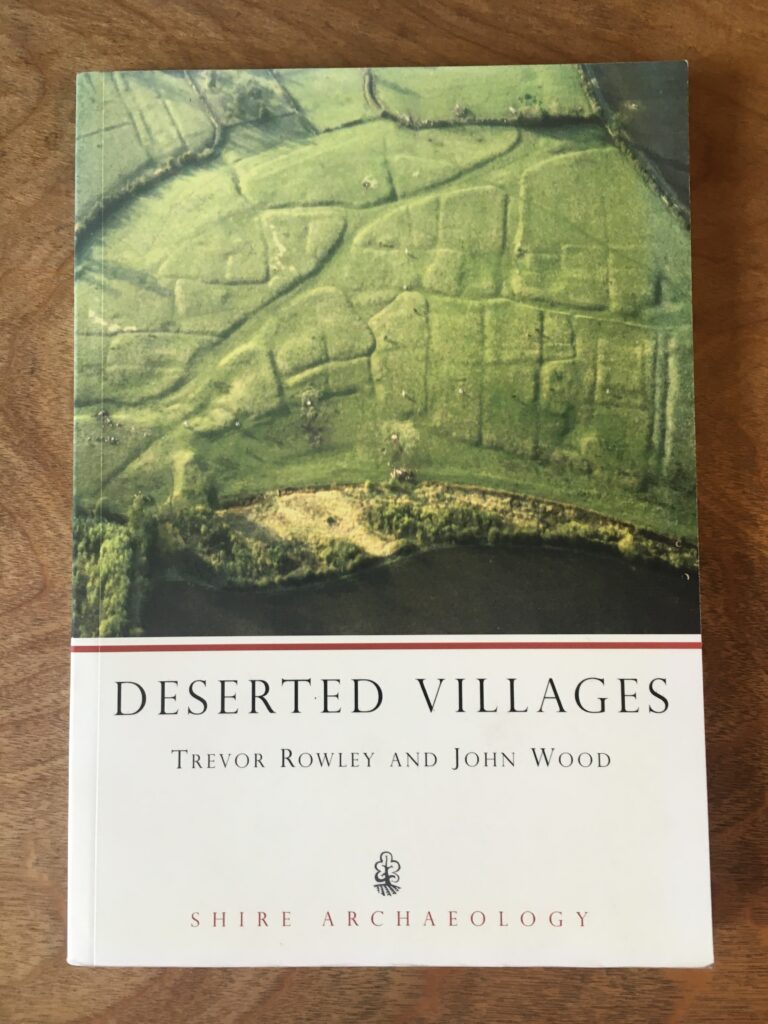

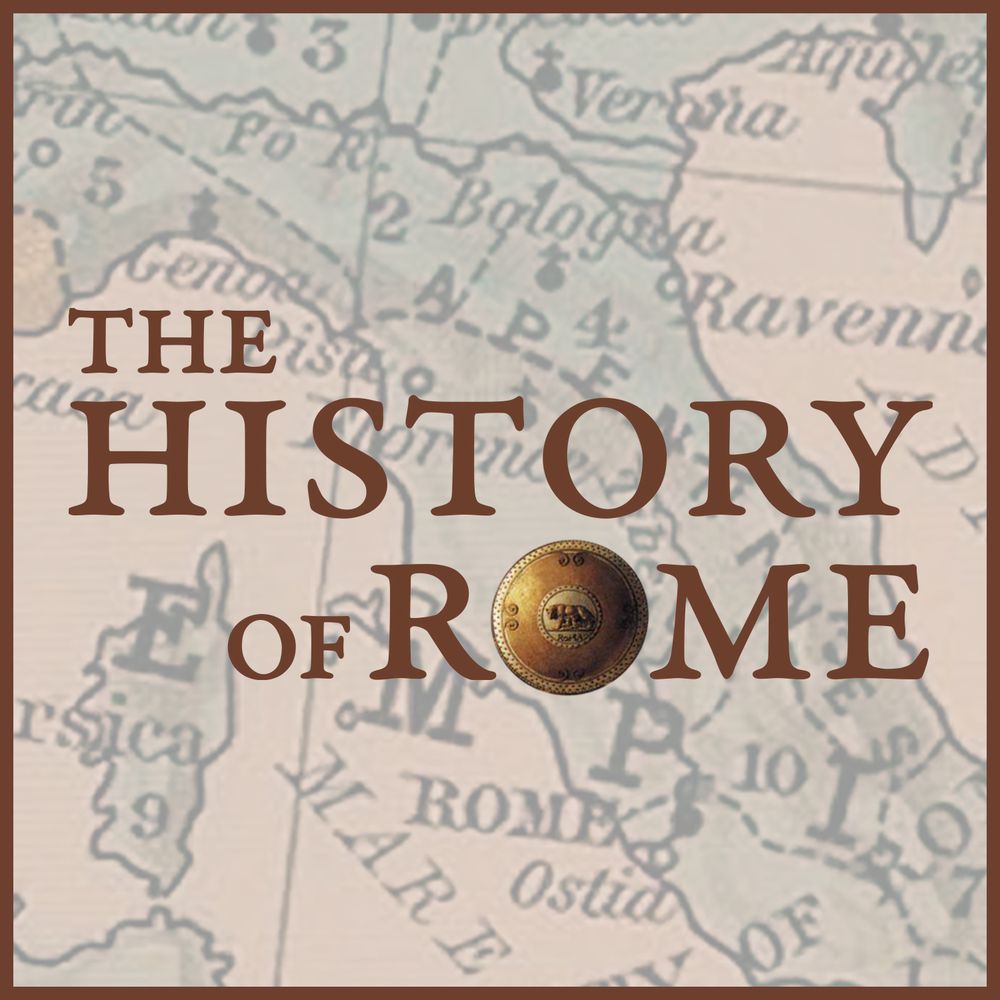

 You can’t really understand English history without a thorough grounding in the English Revolution in the mid 1600s. That this is called the English Civil War in England, and the English Revolution elsewhere, is indicative of numerous attempts to rewrite this period of history to suit the winners and the powers that be.
You can’t really understand English history without a thorough grounding in the English Revolution in the mid 1600s. That this is called the English Civil War in England, and the English Revolution elsewhere, is indicative of numerous attempts to rewrite this period of history to suit the winners and the powers that be.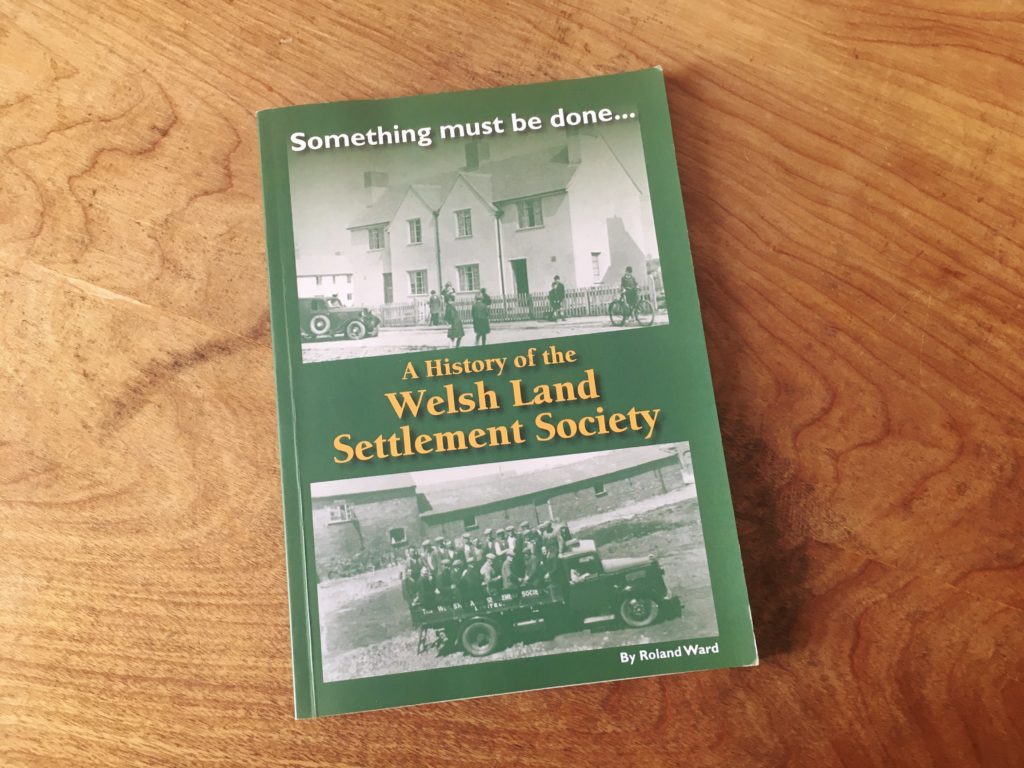
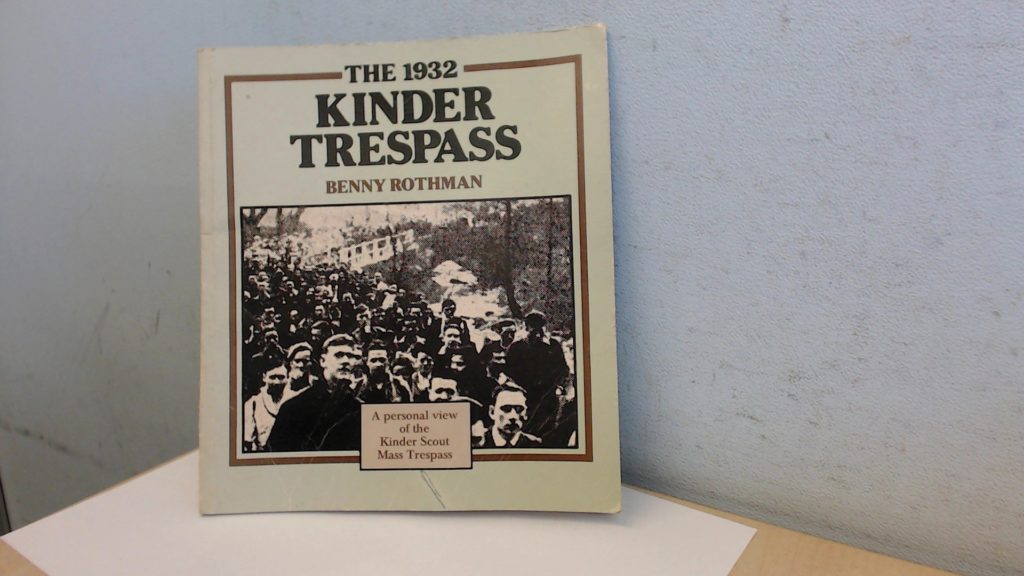
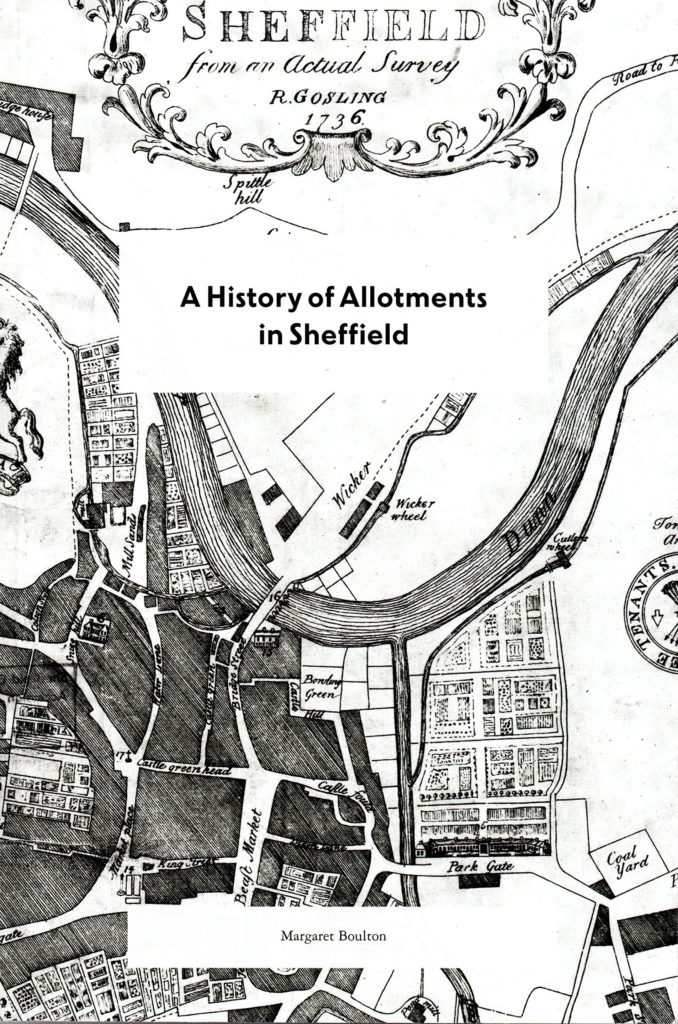

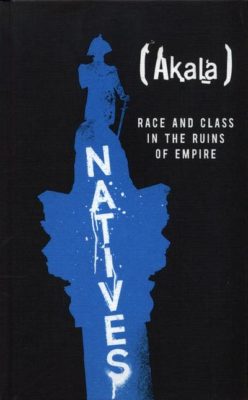 We are major Akala fans here in the herd and regularly send his various
We are major Akala fans here in the herd and regularly send his various 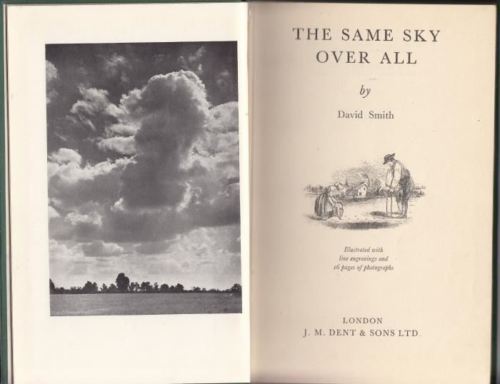

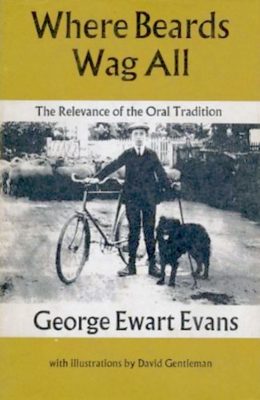 A really beautiful insight into the last days of peasant agriculture in England before the post war mechanisation of agriculture and the role of the oral tradition in rural communities.
A really beautiful insight into the last days of peasant agriculture in England before the post war mechanisation of agriculture and the role of the oral tradition in rural communities.
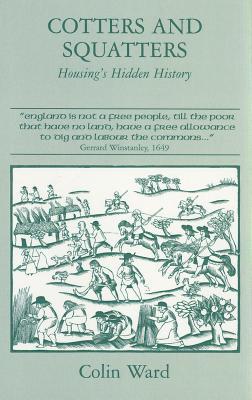 This book is magnificent and tragically out of press with second hand copies going for silly money. I’ve tried to persuade the publisher to re-issue it or to make it available digitally but to no avail yet. Succint, throughly readable and utterly compelling, I hope your local library can sort you out with a copy.
This book is magnificent and tragically out of press with second hand copies going for silly money. I’ve tried to persuade the publisher to re-issue it or to make it available digitally but to no avail yet. Succint, throughly readable and utterly compelling, I hope your local library can sort you out with a copy.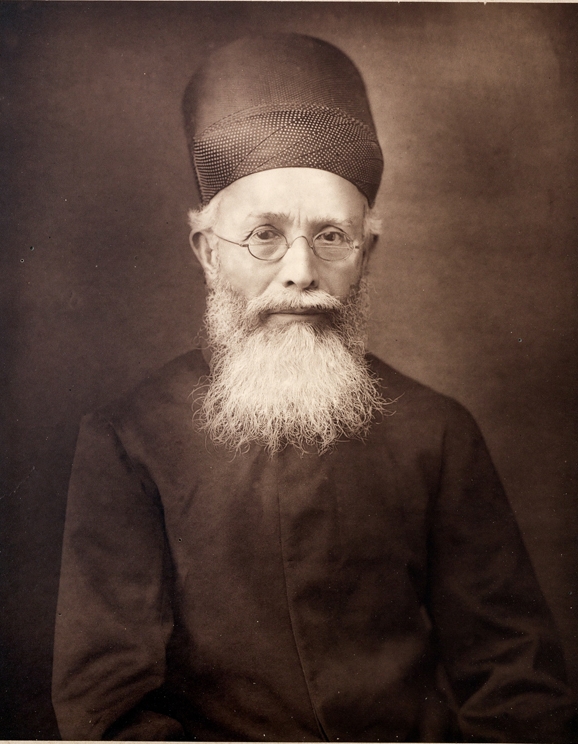
You must be logged in to post a comment.